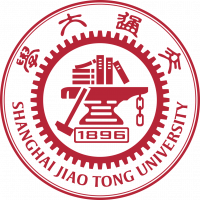分享到
Survey on the Indoor Thermal Environment and Passive Design of Rural Residential Houses in the HSCW Zone of China
2019
期刊
Sustainability
- 卷 11
- 期 22
- 页码 6471
- MDPI AG
- ISSN: 2071-1050
- DOI: 10.3390/su11226471



